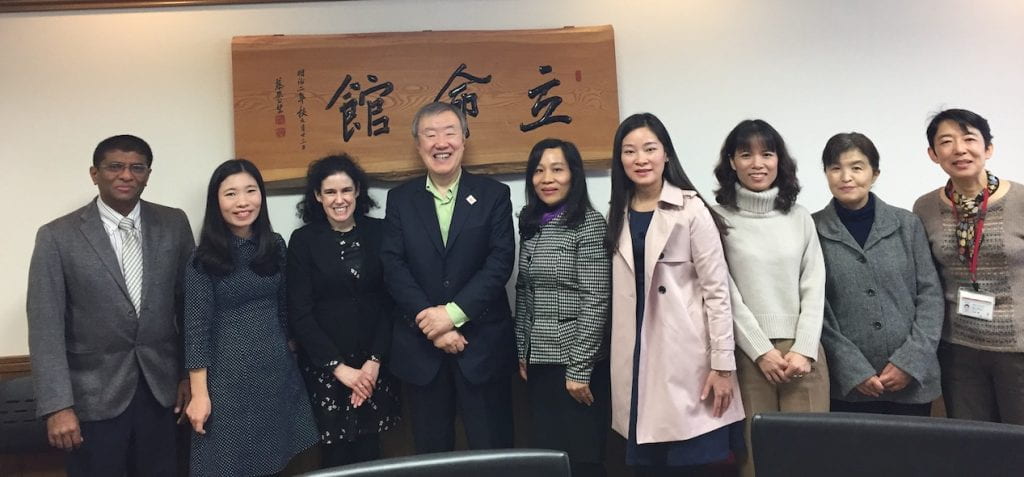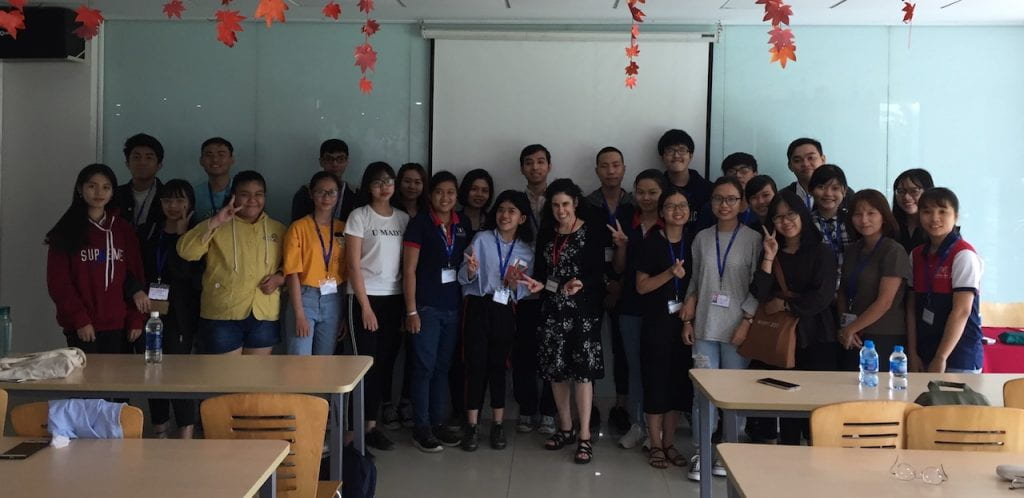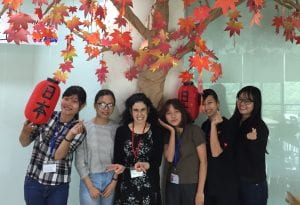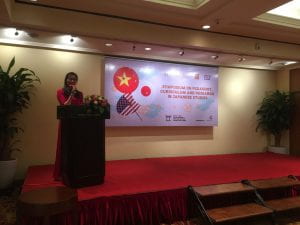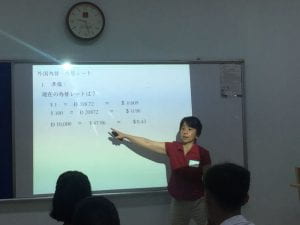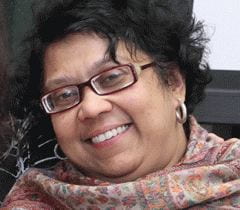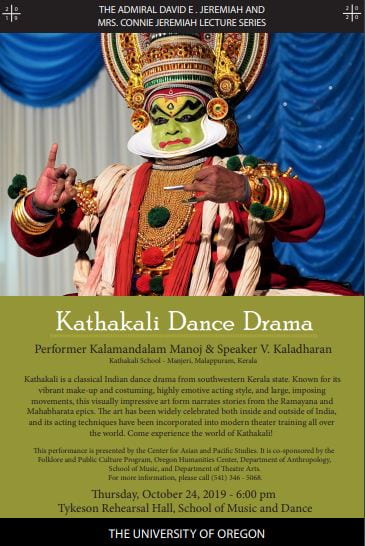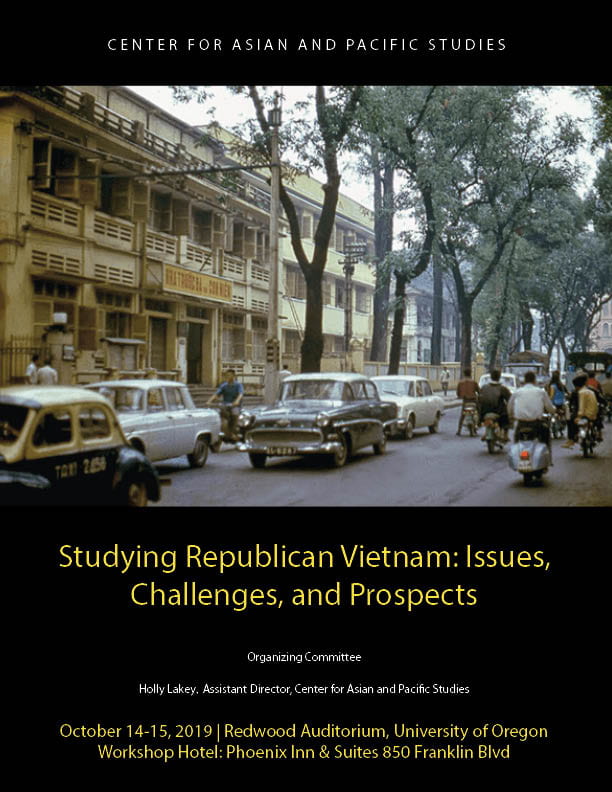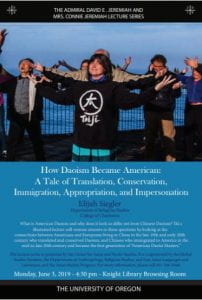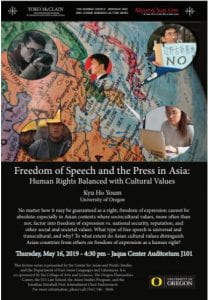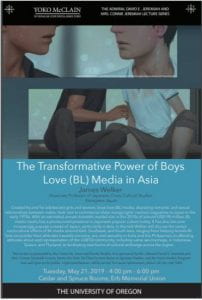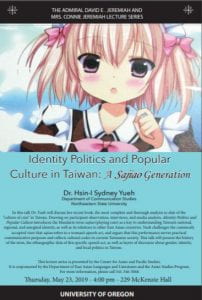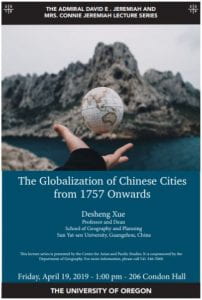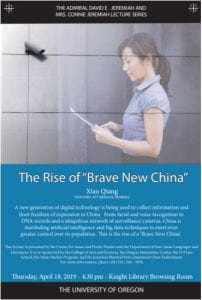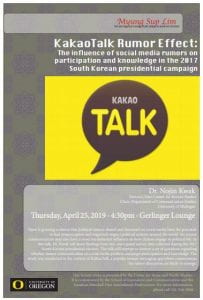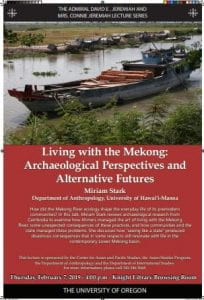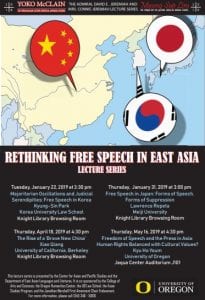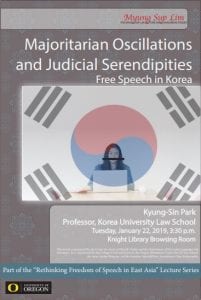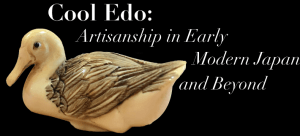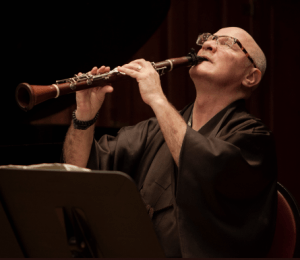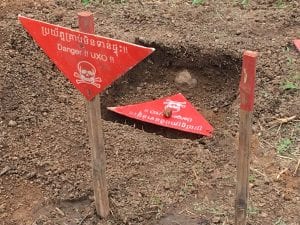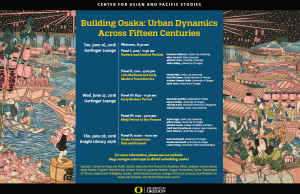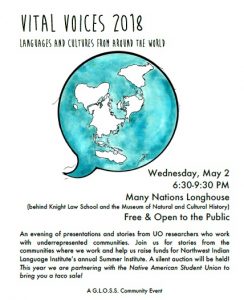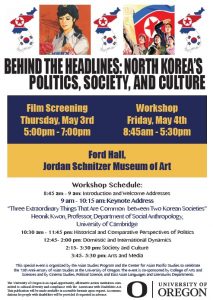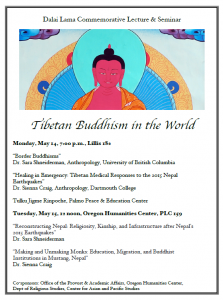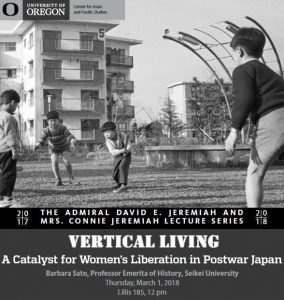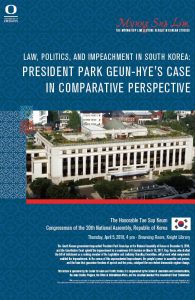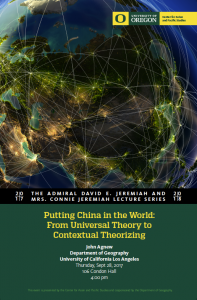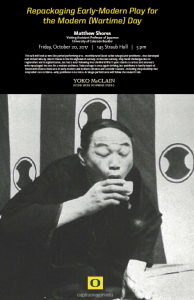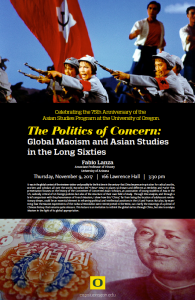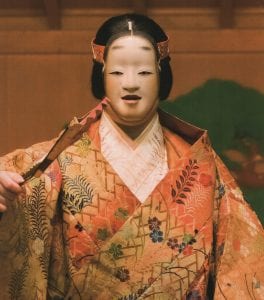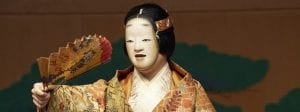CHN 101 First Year Chinese
Provides thorough grounding in listening comprehension, speaking, reading, and writing. Emphasis on aural-oral skills. For students with no background in Mandarin Chinese.
CHN 152 Intro to Chinese Popular Culture
Introduction to popular Chinese cultures in China, Hong Kong, Taiwan, and the United States. Discussion focuses on religion, literature, art, and media.
CHN 201 Second Year Chinese
Training in aural-oral skills designed to build listening comprehension and fluency. Development of proficiency in written Chinese.
CHN 204 Accelerated Second Year Chinese
Provides proficiency-based language-learning using American Council of the Teaching of Foreign Language benchmarks as standards for teaching and assessment of grounding in listening comprehension, speaking, reading, and writing. Sequence with CHN 205, CHN 206.
CHN 301 Third Year Chinese
Continued training in listening, speaking, reading, and writing.
CHN 305 History of Chinese Literature
Survey ranging from early Confucian and Daoist classics through Tang and Song poetry, short fiction and novels, the 1919 May Fourth Movement writers, and into the contemporary period. Readings in English.
CHN 308 Literature of Modern Taiwan
Surveys the literature of Taiwan from the postwar era to the present. Discussion focuses on national identity, gender, class, modernization, and globalization. Taught in English.
CHN 420/520 Intermediate Language Strategies
Focuses on topics in one of these areas: social sciences, sciences, and humanities. Sequence with CHN 421, 422. Prereq: CHN 303 or third-year Chinese language proficiency.
CHN 436/536 Literary Chinese
Readings in various styles and genres of classical Chinese literature; stress on major works of different periods. Preparation for research.
CHN 445/545 Cultural Geography
Focuses on group and individual language study on the topic of the cultural geography of China. Prereq: CHN 411, 412, 413, 421 or fourth-year Chinese language proficiency.
CHN 480/580 Chinese Linguistics
Introduces students to various linguistic levels of Chinese; covers basic concepts and methodologies of linguistic analysis, including the relationship between language structure, culture, and cognition.
CHN 607 Seminar: Chinese Literature
Advanced graduate seminar on Chinese literature.
CINE 362M/KRN 362M Contemporary Korean Film
The course is interdisciplinary in nature as it aims to help students acquire vocabularies to address and inquire into some of the key issues across multiple disciplines such as cultural studies, media studies, and regional/global studies. The content of the course covers recent South Korean political, economic, and cultural histories and the impact of economic modernization as well as South Korea’s entry into the global marketplace on the production of local cultures.
CINE 490/590 Films of Ang Lee
This course will examine the films of Ang Lee whose influence go beyond national, industrial and cultural boundaries. Due to his work’s global appeal and the incongruity across his films, Ang Lee is often labeled as a “transcendent,” “transnational” or “postmodern” filmmaker whose work raises new critical questions for many theories of film studies. In this class we will inquire into Ang Lee’s films with the theoretical framework of film authorship.
COLT 380 Asian Horror
By investigating the styles, techniques, and conventions associated with Asian horror cinema, this seminar endeavors to help students become more critical viewers of the genre as opposed to merely passive consumers of popular culture.
EALL 209 Language and Society in East Asia
Introduction to language and society in East Asia. Topics include: the structure of Chinese, Japanese, and Korean; politeness; intercultural communication; writing; minority and immigrant communities.
EALL 410/510 East Asian Phonetics
Articulatory and acoustic analyses of the sound systems of East Asian languages.
EALL 560 Teaching East Asian Languages and Literature
Training in East Asian language instruction through lectures, observations, and teaching practica.
EALL 608 Colloquium
This graduate course involves studying works in translation and the translation process.
EALL 611 Critical Approaches
Introduces recent research and methodologies in the fields of Chinese, Japanese and Korean traditional and modern literary, cultural, film, and linguistic studies.
ES 452/552 Japanese Internment
This course discusses the internment of Japanese Americans during World War Two.
GLBL 448/548 Bollywood’s Lens
This course explores Indian society through film, focusing on critical social issues; depicted vs. the historical reality; and ongoing transformations of social orientations and values.
HC101H: Drama in Ancient Greece and Medieval Japan
This seminar will explore the relationship between drama in comic and tragic modes in two different cultures: 5th-and 4th-century B.C. Athens and 14th-century Japan. Our main goal is to understand why the separation of drama into a serious and a lighthearted genre occurred in the first place, why playwrights in both cultures settled on one or the other, and why they did not mix both genres to create a hybrid form, such as tragicomedy, which is of later historical origin.
HC 221H The Difference China Makes
This course will explore the relationship between China and the construction of cultural difference. By tracing forms of Chinese “difference” in both the West and China, we will examine the various ways in which the construction of difference plays a prominent role in any culture’s process of self-definition, evolution, and exclusion, and consider its significant consequences on individuals and groups deemed as “other”. We will consider literary texts and cinema in conjunction with contemporary cultural topics, including representations of cuisine and disease.
HC 441H: Geology and Biology of the Tibetan Plateau
In this class, we will study the geologic origins of Central Asia’s unusual geologic structures, and the implications of its unique geologic properties for ongoing geologic and biological processes. We’ll take a look at why this area is so different from everywhere else on earth, and what we can learn about natural processes from the study of this extreme geology and biology. We’ll also tie the geological and biological features of this region to some of the sociopolitical implications of this dynamic area.
HIST 190 East Asian Civilization
An introduction to aspects of the traditional cultures of China and Japan through the early 1600s. No prior knowledge of East Asia is assumed or required. The course will combine lectures, visual material, and weekly discussion sessions. We will approach the East Asian macro-culture by focusing on three broad periods (approximate dates): 500 B.C.E. – 100 C.E.; 600 – 1100; and 1200 – 1660.
HIST 396 Samurai in Film
This course looks at aspect of the samurai during the sixteenth and early seventeenth centuries, an age of civil war and eventual reunification. This is the one period of Japanese history when samurai were most likely to be habitually engaged in warfare, and had to deal with existential situations that raised questions of self-identity, place in society, acceptable behavior, and the issue of life and death.
HIST 399 The Pacific War
This course discusses World War Two in the Pacific.
HIST 407/507 Japanese Zen Culture
This course discusses the history of Zen Culture in Japan.
HIST 498/598 Medieval Japan
Japan’s early medieval period (roughly 1150s-1460s) is distinguished by social and political fluidity, and the rise of the warrior class. The era witnessed such significant developments as the emergence of Zen culture, new religious understandings for the commoner population, enhanced knowledge of healing and medicine, marginalization of some social groups, warfare as a new phenomenon, extensive overseas contacts, and increasing commercialization. This course melds a chronological and topical approach, and utilizes lectures, films, and visual sources (scroll paintings of hells, illnesses, Mongal invasions, portraits of lay and religious figures, and Zen gardens), in conjunction with readings.
HIST 608 Japan in the Pacific
This course examines the long history of Japan from the perspective of its interconnectedness to the world beyond the archipelago.
J 467/567 Digital Asia
This course covers topics related to the digital world in Asia.
JPN 101 First Year Japanese
Provides thorough grounding in listening, speaking, reading, and writing Japanese. Special stress on aural-oral skills. For beginners or by placement.
JPN 201 Second Year Japanese
Additional training in oral-aural skills designed to build listening comprehension and fluency. Development of basic proficiency in reading and writing Japanese.
JPN 250 Manga Millennium
Surveys the 1,000-year history of visual-verbal narratives – comics – in Japan, ranging from medieval picture to modern manga.
JPN 301 Third Year Japanese
Provides a solid foundation in listening, speaking, reading, and writing. Prepares students for advanced study.
JPN 315 Intro to Japanese Linguistics
Survey of general characteristics of the Japanese language in the aspects of sound structure, vocabulary, writing system, meaning, and sentence constructions.
JPN 410/510 Women in Modern Japan
This course discusses the role of women in Modern Japan.
JPN 411 Fourth Year Spoken Japanese
Development of speaking and listening skills related to concrete and abstract topics. Emphasis on sociolinguistic skills.
JPN 414 Fourth Year Reading and Writing in Japanese
Development of reading skills, vocabulary, and knowledge of kanji. Writing exercises include message writing, letter writing, and short essays.
JPN 434/534 Advanced Readings in Japanese Literature
Reading modern Japanese literature in Japanese. Students acquire proficiency in reading, writing, and translation as well as knowledge of literature.
JPN 607 Inventing Edo
Graduate-level course on the literature and culture of the Edo period of Japan.
KRN 101 First Year Korean
Provides thorough grounding in listening, speaking, reading, and writing Korean. Special stress on aural-oral skills. For beginners or by placement.
KRN 201 Second Year Korean
Continuation of KRN 101, 102, 103. Additional training in oral-aural skills designed to build listening comprehension and fluency. Development of basic proficiency in reading and writing Korean.
KRN 301 Third Year Korean
Provides a solid foundation in listening, speaking, reading, and writing. Prepares students for advanced study.
REL 101 World Religions: Asian Traditions
This course examines key concepts and practices from such Asian religions as Hinduism, Buddhism, Confucianism, and Daoism. It provides a balance of some broad coverage with in-depth examination of primary scriptures, scholarly analysis, and contemporary issues. The focus of our examination will be on the philosophical understanding of religious ideas supported by a critical examination of historical context. We will study key ideas within the critical context of various cultural and historical issues such as gender, class, and ritual practices.
REL 199 Special Studies Buddhism
This course looks at the religion of Buddhism.
REL 440/540 Buddhist Scriptures
This course examines the sacred scriptural traditions of East Asian Buddhism with a focus on Chinese and Japanese Zen, Pure Land Buddhism, and associated developments. It will closely examine the definition of “scripture” which in East Asian came to mean not only sutra, the teachings of the Buddha, but also commentaries by various masters and other genres. This examination will cover a wide range of themes against the backdrop of social and historical developments, including the development of sectarian traditions, cultural and national identity, gender and race.



